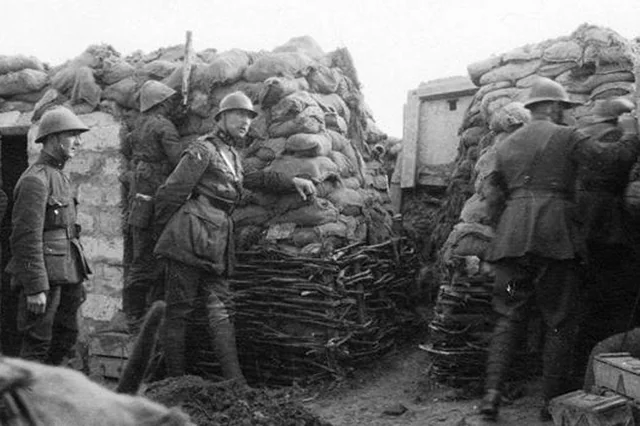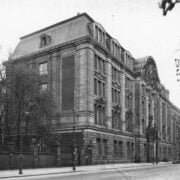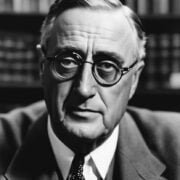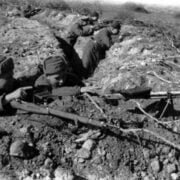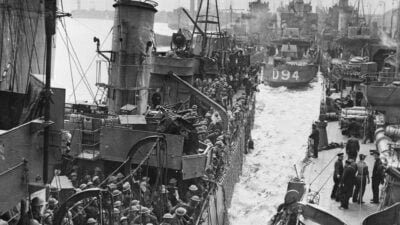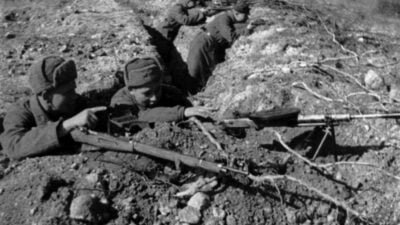The October Revolution, which occurred in 1917 in Russia, was a decisive event that shaped the course of world history, triggering a series of political, social, and economic changes that influenced the 20th century and beyond.
Also Read: The Battle of Voronezh: A Crucial Conflict on the Eastern Front
Historical Context of the October Revolution
Czarist Russia, under the rule of Nicholas II, faced a series of challenges. The autocratic monarchy faced criticisms for the lack of political and social reforms, and the participation in World War I brought significant economic and human burdens to the Russian people.

Czarism and Popular Discontent
Pre-revolutionary Russia was marked by deep social divisions. While the nobility and aristocracy enjoyed privileges, the majority of the population lived in precarious conditions, subjected to long working hours and deprivation.
Before the revolt, Russia witnessed several revolutionary movements, including the 1905 Revolution, which resulted in limited concessions from the czar but no significant structural changes.
Impact of World War I
Russia’s involvement in World War I aggravated internal tensions. The conflict resulted in significant losses, both in human and economic terms, exposing the fragility of the czarist government and deepening popular dissatisfaction.
In this scenario of widespread discontent, different political factions emerged, with the Bolsheviks, led by Lenin, advocating for the workers’ seizure of power as a solution to social and political injustices.
Rise of the Bolsheviks and Lenin’s Leadership in the October Revolution
The Bolsheviks, a faction of the Russian Social Democratic Labour Party led by Lenin, sought to overthrow the provisional government and establish a socialist system based on workers’ self-determination. They believed in the need for an immediate revolution and the seizure of power by the working class.
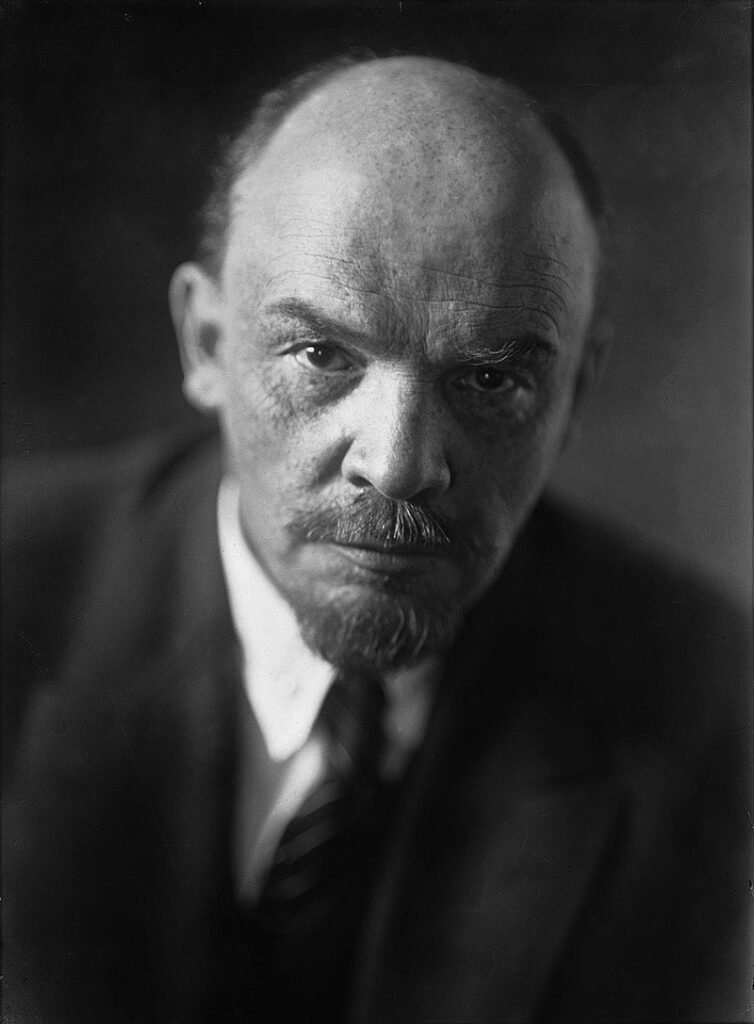
Ideology and Foundation of the Bolshevik Party
Vladimir Lenin, a charismatic leader and political theorist, was instrumental in the organization and direction of the Bolsheviks. His revolutionary vision and political strategies were essential for transforming socialist ideals into concrete political action.
April Theses and Preparation for the Revolution
The April Theses, proclaimed by Lenin in 1917, articulated the immediate need to overthrow the provisional government and encouraged the seizure of power by the soviets (workers’ councils). This stimulated popular mobilization in favor of a revolutionary change.
Taking the Winter Palace
The October Revolution was triggered by determined action from the Bolsheviks. On October 25 according to the old Russian calendar (November 7 in the Gregorian calendar), they led an armed insurrection in Petrograd, seizing the Winter Palace, where the provisional government was situated.
After taking the Winter Palace, the Bolsheviks assumed control of the government, establishing the Supreme Soviet as the supreme authority. Lenin became the leader of the new government and proclaimed the establishment of the socialist regime, marking a new phase in Russian history.
Implementation of Radical Reforms
The Bolshevik leadership initiated a series of political, economic, and social transformations. The reforms included the nationalization of industries, land redistribution, and the abolition of private property, seeking to establish a more egalitarian society.
The October Revolution of 1917
The October Revolution was the climax of a long period of social unrest and political instability in Russia. Widespread dissatisfaction with the czarist regime, exacerbated by participation in World War I, created fertile ground for revolt.
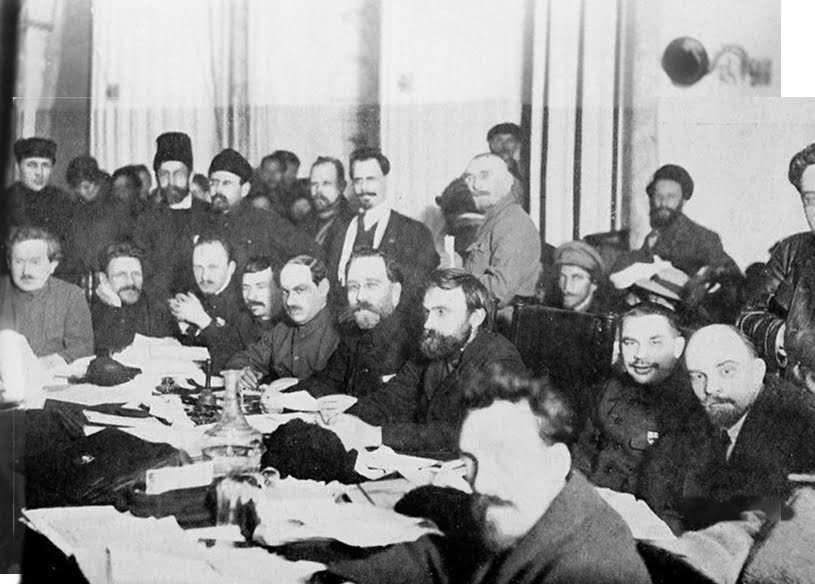
February Revolution and Provisional Government
The February Revolution, which overthrew Czar Nicholas II, led to the formation of a provisional government led by moderate leaders. However, dissatisfaction persisted due to the continuation of the war and the lack of profound changes.
The soviets, councils of workers and soldiers, gained influence and representativeness among the population. They competed with the provisional government for control and direction of the country, creating a scenario of dual power.
Lenin’s April Theses and the Rise of the Bolsheviks
Lenin’s April Theses, proclaimed in 1917, presented a program for an immediate socialist revolution, gaining support among the masses. The Bolsheviks, under Lenin’s leadership, became a powerful force, aiming to seize power.
On October 25 (November 7 in the Gregorian calendar), the Bolsheviks led an armed insurrection, culminating in the seizure of the Winter Palace, the provisional government’s headquarters. This event marked the beginning of the revolt. After taking the Winter Palace, the Bolsheviks established the Supreme Soviet as the supreme authority. The provisional government was removed, inaugurating the Bolshevik government led by Lenin.
Unfoldings and Consolidation of Soviet Power
The revolution marked the beginning of Russia’s social and political transformation. The Bolsheviks implemented radical reforms, seeking to establish a socialist regime, marking the beginning of the Soviet era in Russia.
Consolidation of Soviet Power in the October Revolution
After the revolution, the Bolsheviks formed a government based on the Soviets, councils of workers and soldiers, establishing the Supreme Soviet as the central authority. This was the beginning of the Soviet power structure, shaped by the principles of socialism.

Civil War and Anti-Revolutionary Resistance
The consolidation of Soviet power was challenged by a civil war between the “Reds” (Communists) and the “Whites” (opponents of the Revolution), supported by foreign powers. This prolonged conflict was marked by intense fighting and huge human losses.
During the Civil War, the Bolsheviks adopted a policy of the “Red Terror” to suppress opposition. This included the creation of the Cheka, the secret police, which carried out mass arrests and executions of political opponents, resulting in a period of intense repression.
Consolidation of Centralized Control and Nationalization of the Economy
Under the leadership of Lenin, the Bolsheviks centralized political and economic control, implementing the nationalization of industries, land, and natural resources. This marked a radical shift towards a planned economy controlled by the state.
The consolidation of Soviet power culminated in the formation of the Union of Soviet Socialist Republics (USSR) in 1922, bringing together several Soviet republics under a central federal government, consolidating the country’s state structure.
Reforms and Social Transformations after the October Revolution
One of the most significant changes was land redistribution. The Soviet government implemented agrarian reform, taking properties from the nobility and aristocracy and distributing them among the peasants. This aimed to create a more egalitarian society and encourage agricultural production.
Nationalization of Industry and Planned Economy
The Soviet government nationalized industries, concentrating ownership under state control. The economy was restructured to be centrally planned and controlled, with the goal of meeting the country’s needs and promoting economic development.
Mass Education and Literacy
The Soviet regime prioritized education as a fundamental pillar for societal transformation. Policies were implemented to promote mass literacy, with the construction of schools and the spread of free education, aiming to create an educated and ideologically aligned population.
Women’s Emancipation and Gender Equality
One of the most significant social transformations was the promotion of women’s emancipation. Equal rights for men and women were guaranteed by law, enabling women’s access to work, education, and active participation in political and social life.
Secularization and Religious Freedom
The revolution promoted the separation of Church and State, establishing freedom of religious belief. Religious institutions were subjected to state control, and education and culture became secular, aiming to reduce the influence of religion in society.
These reforms and social transformations represented a radical change in Russian social structure, seeking to establish a more egalitarian and collectivist society. It marked a break from the old regime and an effort to forge a new social order based on socialist ideals.
Global Impact and Development of the Cold War
The revolution triggered a wave of concern among Western powers. The establishment of a socialist state in Russia, following communist ideals, generated fears of the expansion of this political and ideological model to other countries.
Ideological Polarization and East-West Conflict
The global impact of the revolution contributed to ideological polarization between the capitalist West and the socialist East, resulting in the division of the world into two opposing blocs. This division was the starting point for the Cold War.
The post-October Revolution period witnessed an arms race between superpowers, with a significant increase in nuclear arsenals. The resulting political tensions shaped international relations for decades.
Influence on World Politics and Formation of Political Blocs
The revolt influenced the formation of political blocs, such as the Soviet Union and its allies in the Communist Bloc, and the United States leading the Capitalist Bloc. These blocs competed for global influence, resulting in indirect conflicts in various parts of the world.
The expansion of communism after the October Revolution raised concerns in the West, leading to interventions in countries where communist movements gained strength. This resulted in conflicts such as the Korean War and involvement in the Vietnam War.
Legacy of the October Revolution
The legacy is marked by profound social and economic changes in Russia and many parts of the world. Agrarian reform, nationalization of industry, and the emphasis on education transformed the social and economic structure of Russia, laying the groundwork for a socialist society.
Rise of the Soviet State and Spread of Communism after the October Revolution
The establishment of the Soviet state and the spread of communism influenced revolutionary and political movements in various parts of the world. The ideological impact led to the emergence of communist parties and socialist movements in different countries.
The legacy of the revolt is closely tied to the Cold War. The division of the world into opposing political blocs, led by the Soviet Union and the United States, defined global politics for decades, generating geopolitical tensions and indirect conflicts.
Although the October Revolution established a new regime in Russia and influenced global geopolitics, the Soviet system faced challenges. Economic issues, lack of individual freedoms, and political pressures contributed to the dissolution of the Soviet Union in 1991 and the decline of communism as a dominant system.
Cultural Impact and Historical Memory
The cultural legacy is notable. It left an indelible mark on art, literature, and collective memory. It is a reference point for reflecting on history and political ideologies, generating discussions about revolutionary ideals and their consequences.
Complexity of the Legacy and Diversity of Perspectives on the October Revolution
The legacy of the revolution is complex and multifaceted. While some view the revolution as a liberating movement seeking social equality, others highlight the repressive aspects of the Soviet regime and the challenges faced by its citizens.
The revolt left a lasting legacy, shaping the 20th century and influencing politics, culture, and international relations. Its impact is still the subject of intense debates and analysis, demonstrating the depth and breadth of its historical consequences.


